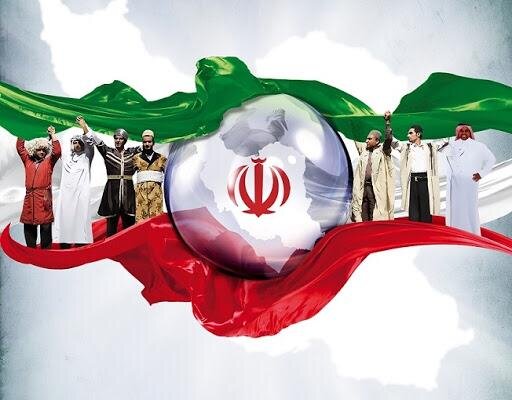Most popular festivals that reflect Iran’s cultural spirit

TEHRAN - In order to promote the rich Iranian culture, we have explored the most popular Iranian festive and commemorative events by going on a journey into the Iranian world of religious spirituality and cultural entertainment.
Over the past four decades, Iran has had a significant cultural influence in the region and specifically the Islamic World, with many of its traditional customs getting the attention of other nations, for example, Noruz, which was used on several occasions by world leaders to send political messages to Iranians. Of the many events and festivals which are held in Iran, the most popular Iranian festivals that reflect the spirit of the Iranian cultural influence are presented in chronological order:
1. Noruz: The Iranian New Year celebration is called Noruz, which translates into ‘New Day’ and it is usually held until the 13th of Farvardin. Farvardin 13 is called ’13 Bedar’ which means ‘Thirteen Outdoor’ signifying the tradition to spend the day outdoors and marks the end of Noruz holidays in Iran.
One of the interesting facts regarding Noruz is its concurrence with the Vernal Equinox which is the moment of the year when the sun positions itself exactly above the equator, making day and night of equal length. For the northern hemisphere, the Vernal Equinox falls on March 20 or 21, which coincides with Farvardin 1 marking the beginning of the Iranian New Year.
More than 13 countries and ethnicities around the world celebrate Noruz each year and have marked it as a public holiday, some of them include Afghanistan, Tajikistan, and Uzbekistan all of which also share their official language with Iran. Some eastern European countries and regions also celebrate Noruz, like Georgia, Kosovo, and Albania, as well as other regions such as Iraqi Kurdistan, Kazakhstan, and Kyrgyzstan.
2. Ramadhan: It is the ninth month of the Islamic Calendar and because of it being based on the lunar cycles, it rotates around the Iranian calendar which is based on the solar year. This year Ramadhan started on Farvardin 25 and while Ramadhan is an Islamic occasion and ritual, nevertheless it has become part of the Iranian tradition and culture to the extent that many non-Muslim Iranians also observe the Ramadhan rituals during this holy month. According to Islam, Muslims are instructed to fast during this month by refraining from eating, drinking while observing behavioral etiquette and protocols, as well as performing prayers and gaining spiritual reflection.
Iranians have developed a unique accustomed relationship with this holy month, with a few traits now fully associated with the feeling and essence of Ramadhan. Iranian Muslims eat a meal called ‘Sahari’ before dawn and refrain from eating or drinking until sunset when they eat another meal called ‘Eftar’ to break their fasts. The fasting routine has become a tradition for families to get together, especially for ‘Eftar’ and to perform prayers and participate in religious ceremonies.
3. Yalda: Occurring every year on December 20 or 21, the Yalda night is the longest night of the year also known as the ‘winter solstice’ when the northern hemisphere is at its longest distance from the Sun.
Iranian families and friends gather during the longest and darkest night of the year to read poetry, eat and drink until after midnight. Pomegranates, watermelons, and different types of nuts are served throughout the night, while the elders read excerpts of the famous Hafez poetry book to the family.
Similar to Noruz, the night of Yalda is also celebrated by many other countries in the region and is a shared culture in many countries influenced by Iranian tradition and the Iranians’ diligence in upholding their cultural values.
4. 22nd of Bahman: The final and perhaps the most significant event that has now been embedded into Iranian culture, and which has also influenced many other cultures alike is the anniversary of the Islamic Revolution on 22nd of Bahman equivalent to February 11 in the year 1979. This was the day that the royal dynasties ruling Iran and Persia for thousands of years ended and the Islamic Republic were formed based on popular vote offering the national democratic rights and freedoms. Every year this day is celebrated by Iranians worldwide, as well as many non-Iranians across different countries including Iraq, Syria, and Lebanon.
On the 22nd of Bahman Iran enjoys an official holiday and Iranians take to the streets to participate in parades and carnivals celebrating their freedom and independence from the dictatorship of the Pahlavi dynasty.
